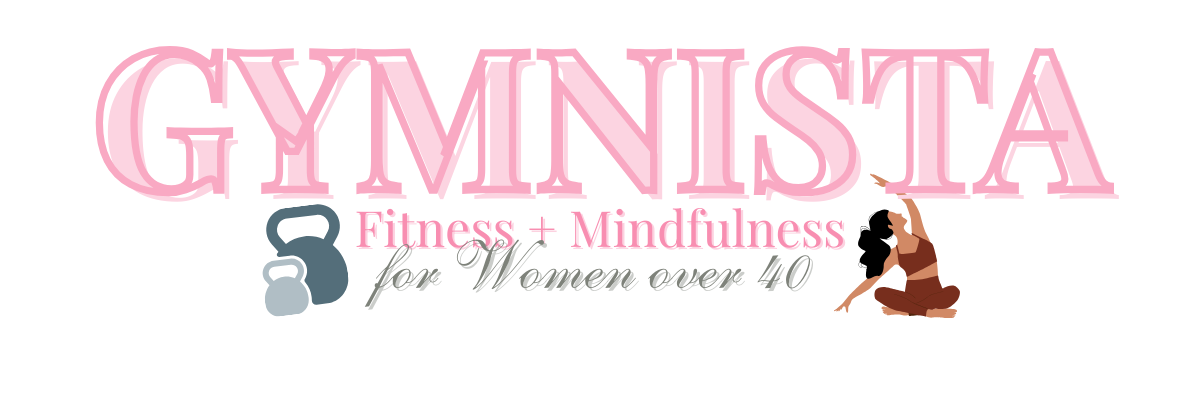Remember when you could crush a tough workout, grab a smoothie, and feel ready to do it all again the next day? Midlife changes that game. As we age, recovery naturally slows. Muscles take longer to repair, soreness lingers, and energy isn’t what it once was. But instead of pushing harder, the secret is learning to recover smarter.
Why Recovery Feels Different Now
- Muscle Repair Slows: Protein synthesis decreases with age, so muscles simply need more time to bounce back.
- Hormonal Shifts: Lower estrogen and testosterone affect muscle strength and resilience.
- Lifestyle Load: Work, parenting, and stress add up—your body is doing more than just workouts.
Smarter Recovery Strategies
- Build in Rest Days
Plan for at least 1–2 true rest days per week. This doesn’t mean inactivity—try light walking or gentle stretching. - Add Mobility and Yoga
Mobility drills, yoga, and foam rolling reduce stiffness and improve circulation. They help you stay limber and ready for the next workout. - Balance Strength with Recovery
Heavy lifting has benefits, but pair it with lower-impact days like swimming, Pilates, or cycling. Think variety, not all intensity. - Prioritize Sleep and Hydration
Seven to nine hours of sleep is non-negotiable. Water supports muscle repair and prevents lingering soreness.
The Bottom Line
In midlife, recovery isn’t optional—it’s part of the workout itself. When you allow your body the space to rest and rebuild, you actually gain more from every session. Smarter recovery means fewer injuries, better results, and the energy to stay consistent for the long haul.
0